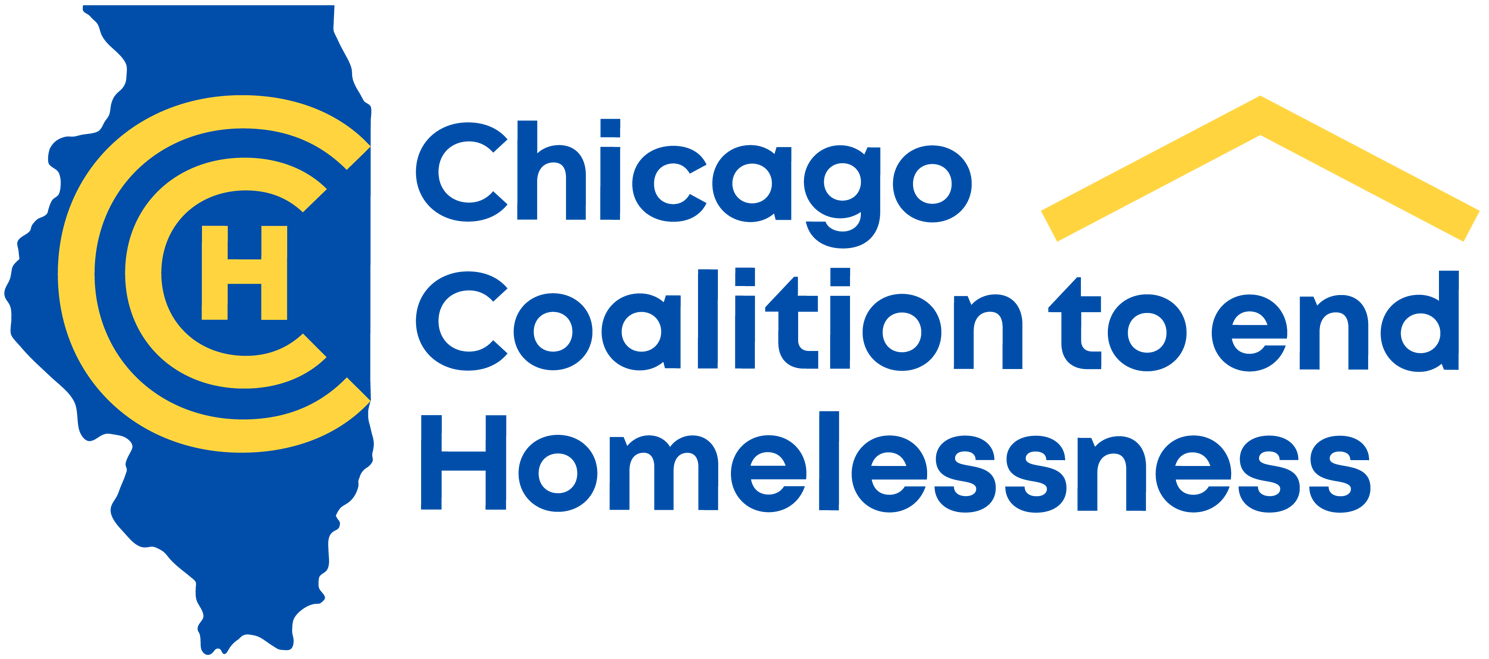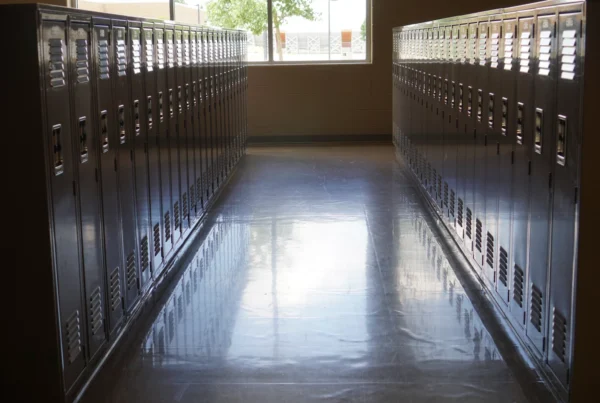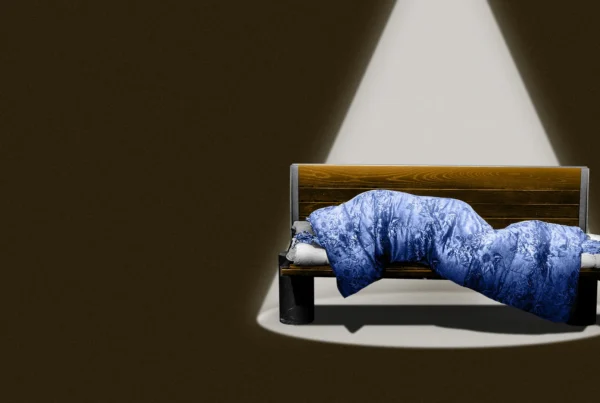Hopes for Chicago series – #Lightfoot100
It can be done. The reasons people become homeless are complex, but the solution is straightforward.
By Doug Schenkelberg, CCH Executive Director
Too little affordable housing, insufficient living-wage work, physical and mental health ailments, and struggles with substance use are some of the reasons people face housing instability. Few realize that 1 in 5 Chicago adults who are homeless are employed. And 1 in 4 have some level of college education. More than 20,000 Chicago children strive to stay in school while couch-hopping night to night.
Moreover, homelessness has a disparate impact on people of color, with 4 out of 5 people experiencing homelessness being black or brown.
Mayor Lori Lightfoot should fully embrace this progressive revenue increase, both because she included this proposal in her platform as a candidate and because a poll conducted for my organization showed that two-thirds of likely Chicago voters say they would support a referendum authorizing it.
Too often the refrain is, “We know homelessness is a problem, but we will get to it after dealing with these other issues.” Continually deferring solutions to homelessness only lets the problem fester. Mayor Lightfoot can take a different path. Make Chicago the shining example of how a major city tackles homelessness. The time is now.
Also in the Crain’s series on Homelessness
Christine Achre, Primo Center for Women and Children: Homeless children should remain front-and-center in fight to end homelessness
Janet L. Smith, Vorhees Center at the University of Illinois at Chicago: When it comes to homelessness, prevention is the best policy







